France - Monaco
- 17 boulevard de Suisse
- 98000 MONTE-CARLO, Monaco
- +377 - 97 70 35 15
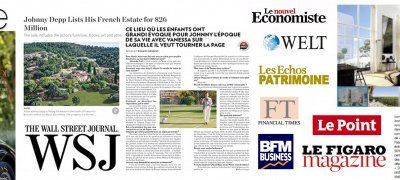
- Home
- >
- About Sotheby's
- >
- Press
Press Sotheby’s International Realty France - Monaco
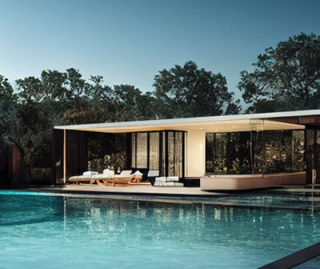
Le Nouvel Economist, November 16th 2023
Ultra-luxury real estate is doing better than resisting by Laurent CalixteCapped prices, a drop in sales, a decline in demand: this is the current observation in the high-end real estate market, particularly for properties whose value is between 1 and 7 million euros. But in the ultra-luxury segment – where property values are higher...
Read more
Challenges, Novembre 11th 2023
Real estate crisis: should we rely on the confidential “off market” strategy?Real estate, the new prices for the 2023 school year. This sometimes criticized sales strategy offers a property, often atypical, from a customer file, without advertising. A test that can hold some pleasant surprises.
Read more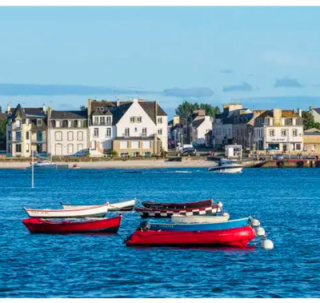
Nouvel Obs, October 24th 2023
Real estate: the more temperatures rise, the more attractive Finistère becomes by rançoise SurcoufLike everywhere, access to property is becoming complicated. But, although transactions are fewer, prices remain high, particularly on the coast. Although the market is no longer as active as in recent years, it remains stable and buyers are present. Check out this...
Read more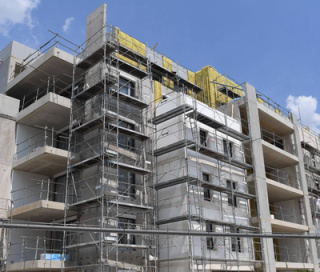
Challenges, November 2nd 2023
Real estate: after years of euphoria, a cold shower for both the old and the new by Virginie GrolleauReal estate, the new prices for the start of the 2023 school year. Surprised by the speed of the rise in rates, the market is adjusting painfully. Everywhere, sales are slowing down while waiting for a sufficient drop in prices. Paris, suburbs, regions: our advice...
Read more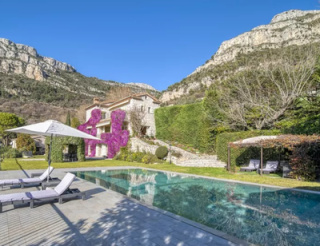
Les Echos, September 11th 2023
Real estate: these 3 key trends in the luxury market by Anne-Sophie VionThe downturn in the residential real estate market, marked by falling volumes and prices, is not sparing the niche of prestige properties. Before the summer, high-end networks showed the first flaws in the Parisian luxury market. In a difficult context for the...
Read more
Nouvel Obs, Octobre 19 2023
Saint-Malo, Dinard: the real estate market is calming down, but locals are still struggling to find housing by Françoise SurcoufDespite the drop in sales, demand remains strong and prices high. To the great dismay of the locals, who also still suffer from competition from tourist rentals. Certainly, here as everywhere, sales volumes have fallen, but this fall, far from being catastrophic, is...
Read more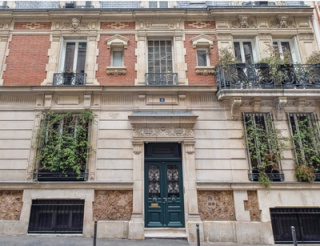
AD, Septembrer 11 2023
A private mansion near the Luxembourg Gardens for sale for several million by Fanny Guénon des MesnardsThe Luxembourg garden, its flower beds, its Medici fountain and its palace are just a stone's throw away, as is the Alsatian school... This private mansion in the 6th arrondissement (one of the most popular in Paris) is revealed over 288m² where the Period moldings...
Read more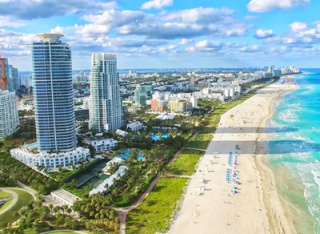
Les Echos, August 9th 2023
Real estate: where are the French investing abroad? by Anne-Sophie VionBecoming the owner of real estate outside France appeals to many compatriots. Who are these international-enthusiastic households? What are their motivations and favorite destinations? Discover the analysis of our P-D.G. Mr Alexander Kraft.
Read more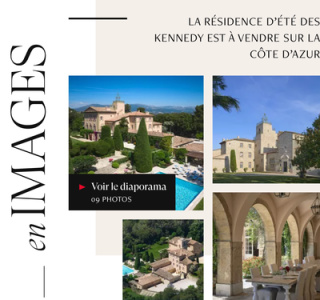
Madame Le Figaro.fr, August 4th 2023
The Kennedy clan's vacation in the sun, from the Côte d'Azur to the blue waves of Cape CodHighlighting the Beaumont estate where the Kennedy family stayed put up for sale by Côte d'Azur Sotheby's International Realty. Like any great American dynasty, Patriarch Joseph Kennedy owned several vacation homes. For a long time he rented a huge house in Valbonne...
Read more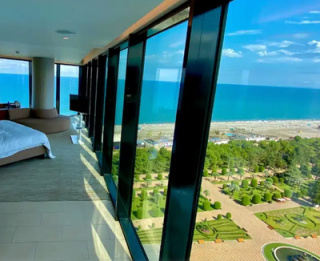
LG Express.com, Jully 19th 2023
The taste of luxury: an immersion in exceptional real estateIn France, the real estate sector is constantly evolving. But there is one segment that, despite market fluctuations, continues to attract the interest of the most affluent buyers: luxury real estate. Whether you are looking for a prestigious villa on the Côte...
Read more



